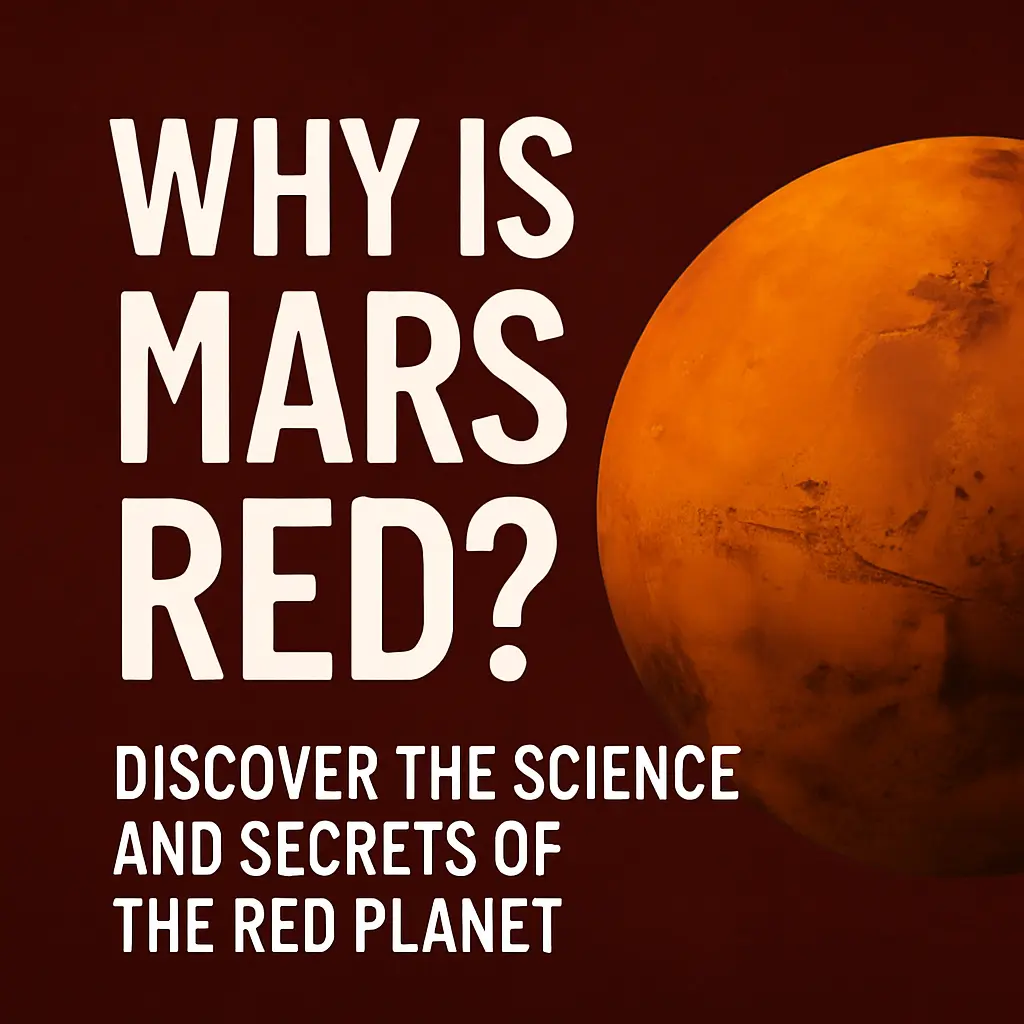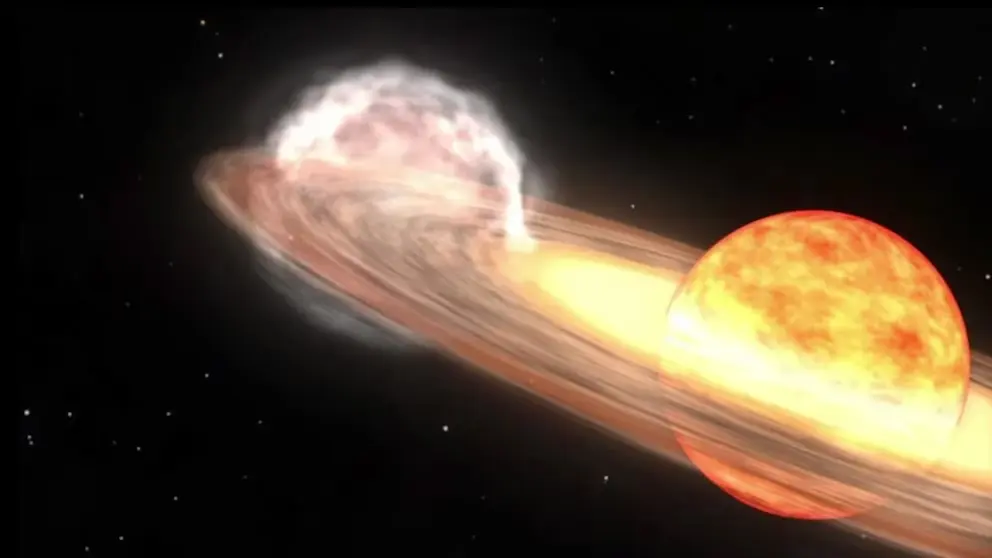Mars, the fourth planet from the Sun, has long captivated astronomers, scientists, and stargazers alike. Known as “The Red Planet,“ Mars stands out in the night sky with its distinctive reddish hue. But why is Mars red? What makes it so special, and why does it remain one of the most explored and studied planets in our solar system?
This article delves into the science behind Mars‘ red color, its most fascinating geological features, and why it continues to spark human curiosity—and possibly our future.
Why Is Mars Red? The Science Explained
The iconic red color of Mars comes from iron oxide, commonly known as rust, which coats much of the planet’s surface. Billions of years ago, Mars had liquid water, and when this water interacted with iron-rich rocks, it led to oxidation—just like rusting metal on Earth. Over time, winds spread this red dust across the Martian landscape, creating the planet’s signature reddish tint.
Is Mars Entirely Red?
Not quite. While it appears red from afar, close-up images of Mars reveal a diverse palette including brown, gold, and tan. Even the Martian sky can surprise you—it often looks red due to dust, but can turn blue during sunrise and sunset, a phenomenon opposite to what we see on Earth.
Unique Features of Mars That Make It Extraordinary
Mars isn’t just known for its color. It boasts some of the most extreme and fascinating geological features in the solar system. Here are five standout characteristics:
1. Olympus Mons: The Tallest Volcano in the Solar System
Mars is home to Olympus Mons, a massive shield volcano standing at 22 km (13.6 miles) tall—nearly three times the height of Mount Everest. This colossal mountain points to prolonged volcanic activity and a geologically active past.
2. Valles Marineris: The Grand Canyon of Mars
Stretching over 4,000 km (2,500 miles), Valles Marineris is the largest canyon system in the solar system. It’s around ten times longer and four times deeper than Earth’s Grand Canyon. Its formation hints at tectonic activity and possibly the presence of ancient water flows.
3. Signs of Ancient Water
One of Mars’ most intriguing mysteries is the evidence of past water. Ancient riverbeds, dry lake basins, and water-formed minerals suggest Mars once had a warmer, wetter climate. Recent discoveries of subsurface ice and briny seasonal flows keep hopes alive for finding microbial life.
4. Extreme Weather and Climate
Mars experiences intense dust storms that can last for months and cover the entire planet. Temperatures drop to -125°C (-195°F) at night. Despite its thin atmosphere, Mars has Earth-like seasons due to its axial tilt, adding to its complexity.
5. Phobos and Deimos: The Small, Mysterious Moons
Mars has two irregularly shaped moons, Phobos and Deimos, likely captured asteroids. Phobos is gradually spiraling toward the planet and is expected to crash or disintegrate within 50 million years—adding another layer of intrigue to Mars’ celestial neighborhood.
Why Mars Continues to Fascinate Humanity
Mars isn’t just another planet—it represents possibility, curiosity, and our future. Here’s why it remains a top priority in space exploration:
✅ The Search for Life
Mars is one of the most likely places in our solar system to have hosted ancient microbial life. Discovering life beyond Earth would be a scientific breakthrough that reshapes our understanding of biology and the universe.
✅ The Future of Human Colonization
With Earth facing environmental and population challenges, Mars is viewed as a potential second home for humanity. Concepts like terraforming Mars, building underground habitats, and utilizing Martian resources are actively being researched.
✅ A Window into Planetary Evolution
Studying Mars helps us understand how planets evolve. Why did Mars lose its magnetic field and atmosphere? Why did it transition from warm and wet to cold and dry? These questions could help us predict Earth’s future climate as well.
✅ A Stepping Stone for Deep Space Exploration
Mars is the next big leap for human space travel. Missions to Mars will pave the way for exploration of the outer solar system—and maybe even journeys to exoplanets in the future.
Conclusion: The Red Planet’s Enduring Allure
Mars continues to be one of the most fascinating and studied planets in our solar system. Its red color, dramatic surface features, and potential to harbor life make it a beacon for scientific discovery and human ambition.
As technology progresses and missions like NASA’s Artemis and SpaceX’s Starship bring us closer to the Martian surface, the question is no longer if we’ll reach Mars—it’s when.



